Francis Bacon in 10 Paintings: Flesh and Distortion
Francis Bacon stands out as one of the most renowned postwar painters. His trauma fueled his emotions, crafting a disturbing world filled with dark,...
Errika Gerakiti 18 November 2024
Whoever criticizes the fashion of selfies, must have forgotten that selfies have existed for a long time in painting. Here comes a curious and less obvious selection of a few of selfies by famous artists!
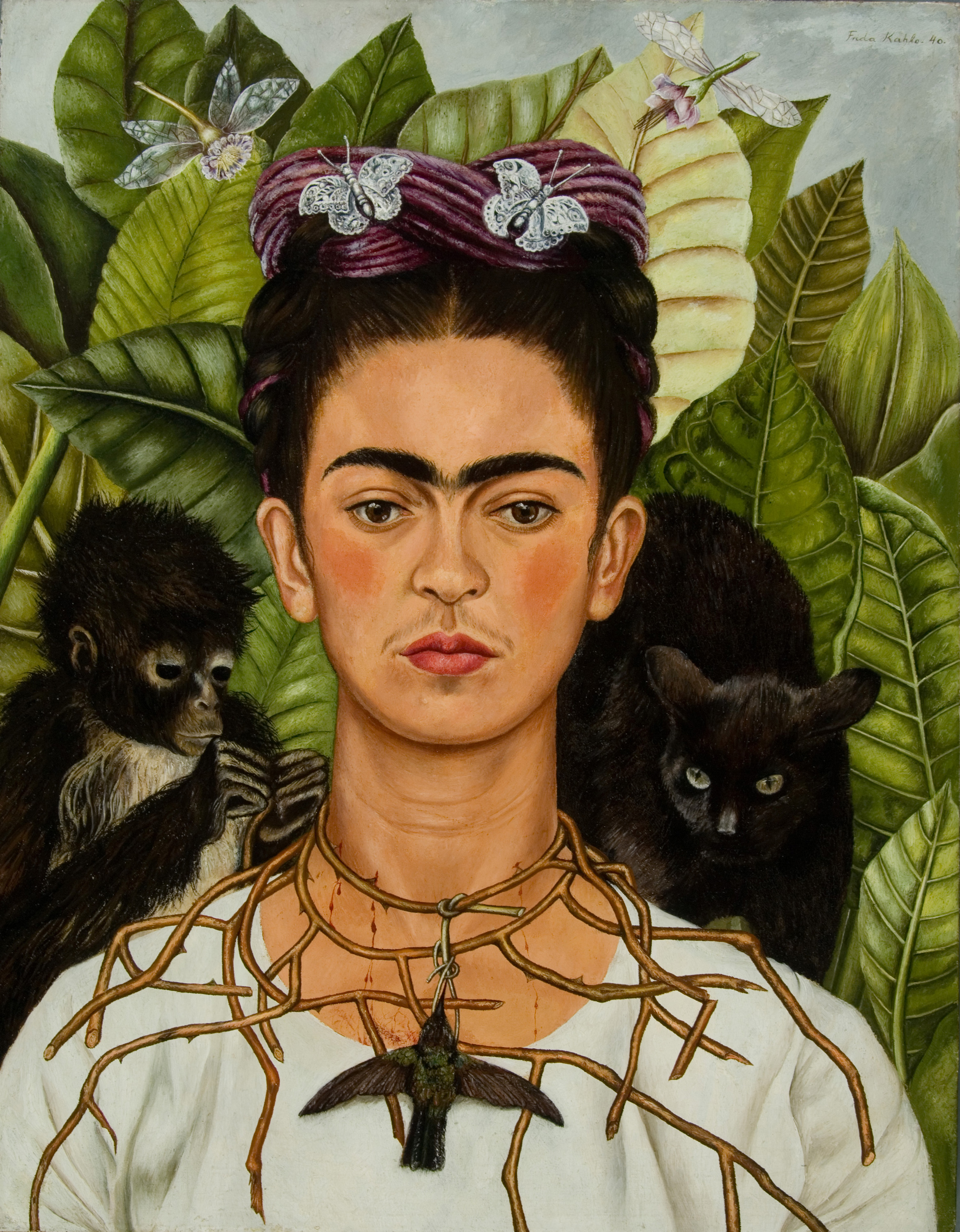
Frida Kahlo, one of Mexico’s most recognized artists, painted 55 self-portraits, all of which were very moving and unique. She depicted her pain, her heartbreaks, her pride, her femininity… She beautifully described her life with paint. She said: “I paint myself because I am so often alone because I am the subject I know best.”
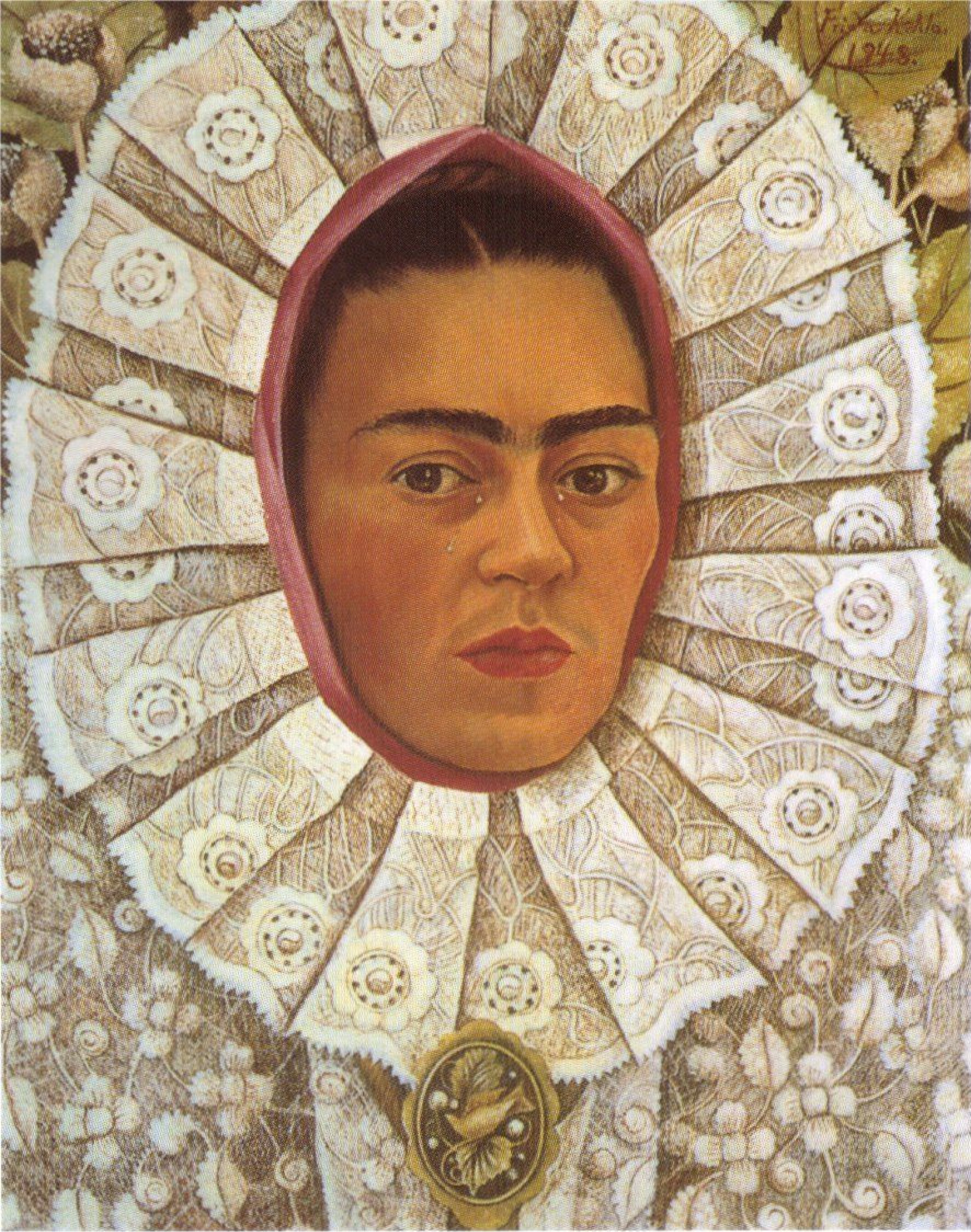
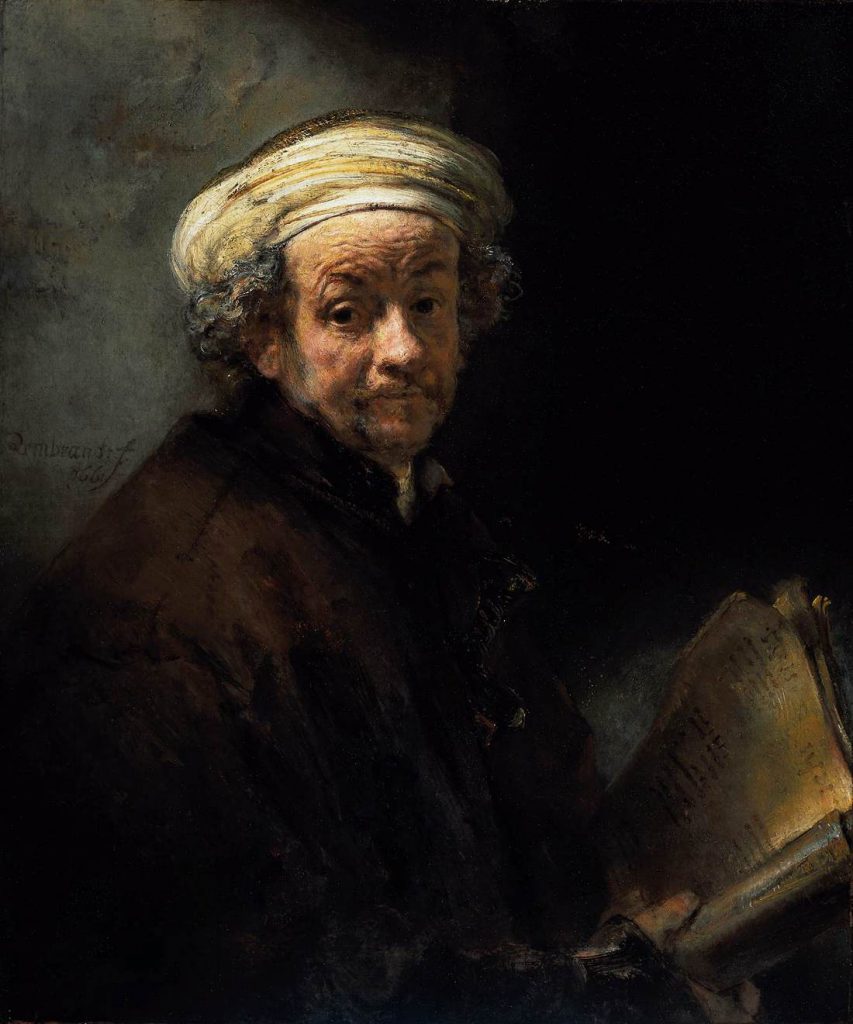
Rembrandt produced an incredible number of selfies over his lifetime: over a hundred in various media. At first, he used them to practice, later he documented his aging face. He often presented himself as different characters, for example here he features as the Apostle Paul. He also liked to paint himself in changing hats – what a fashionable man. If you’re interested in his many self-portraits, you can find out more about them here.
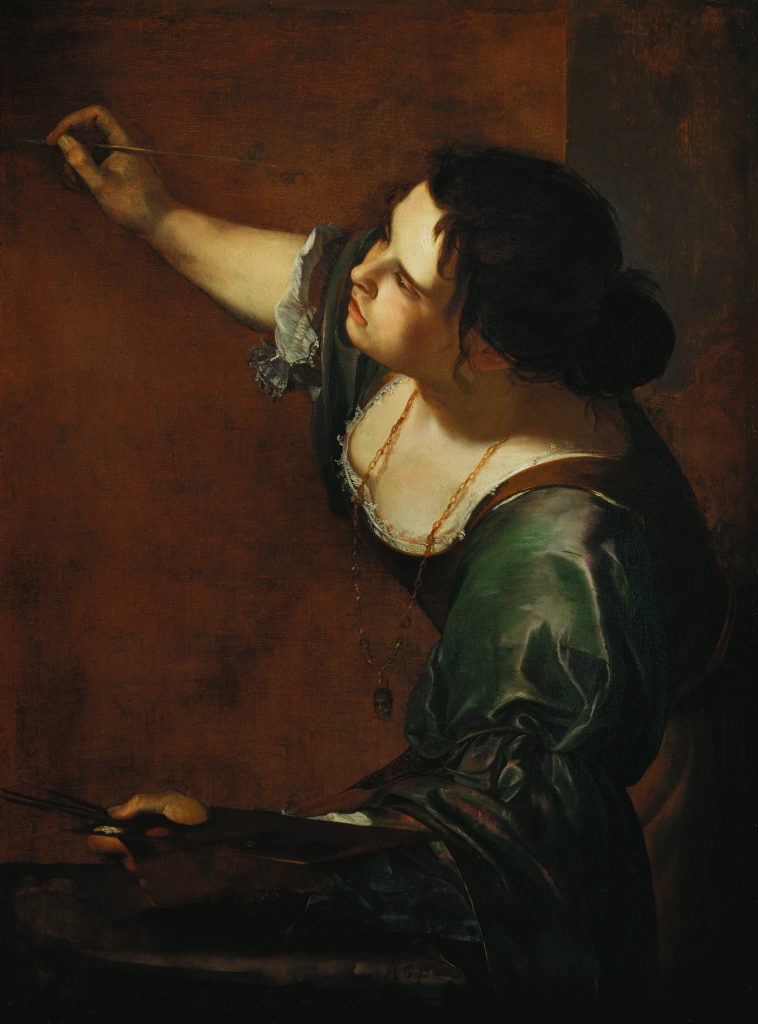
Artemisia Gentileschi was one of the very few female painters of the 17th-century Rome. Her father was a painter and he taught Gentileschi how to paint, but soon the student surpassed her master. Here she presents herself as the embodiment of painting which suggests her confidence and self-awareness. She’s wearing green and yellow, two primary colors, and she holds two other symbols in her hands: a paintbrush and a palette. A skull pendant on her neck may imply that she is aware that the artist’s fame doesn’t last forever.
Gentileschi painted plenty of paintings of strong and suffering women from both mythology and the Bible. Regarded as both a genius and an anomaly, she defied societal expectations by pursuing a profession primarily dominated by men. She also experienced a traumatic event: Gentileschi was sexually assaulted by her mentor Agostino Tassi when she was 18 years old. If you wanna read more about this case (and Gentileschi’s revenge), check out this article.
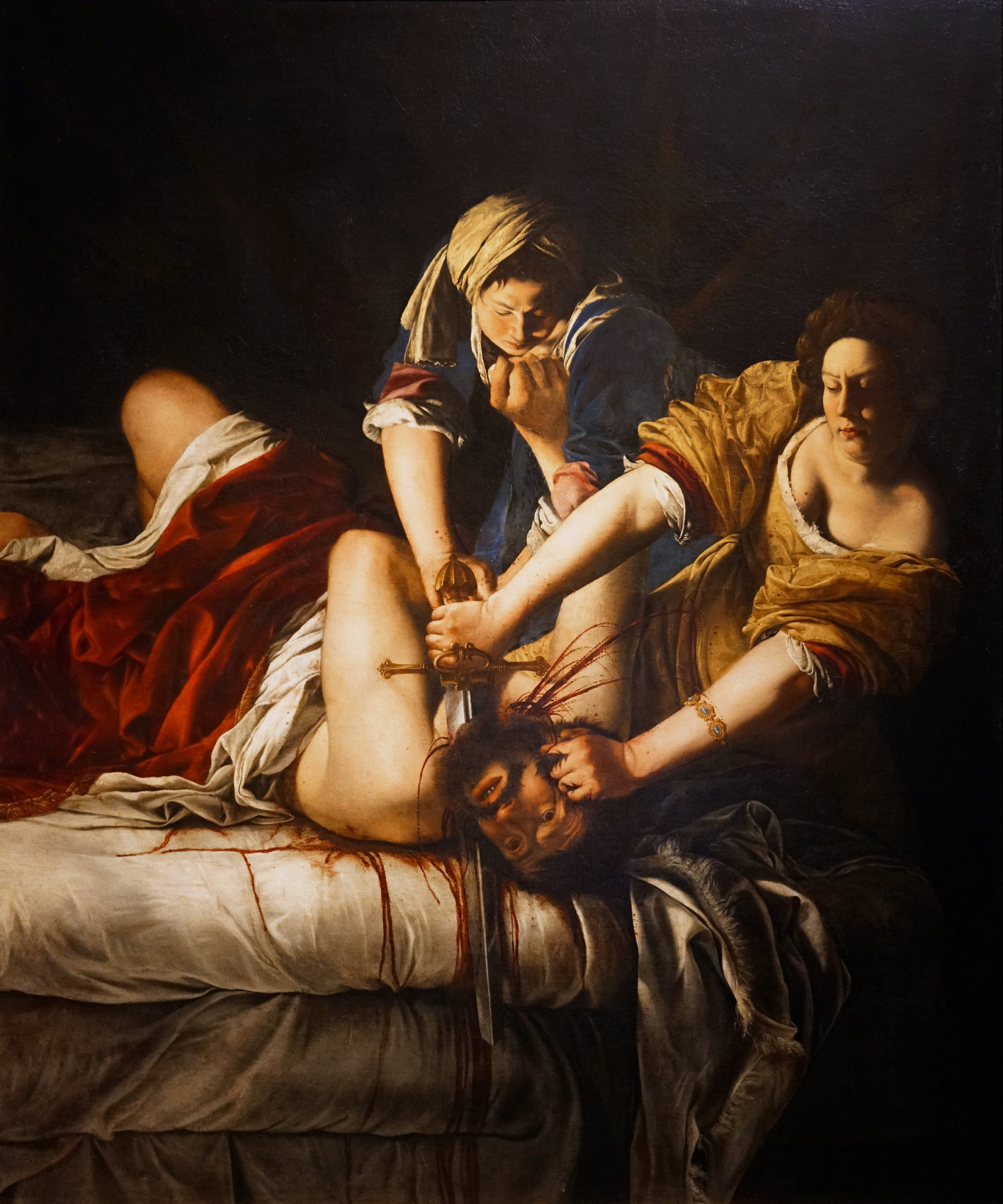
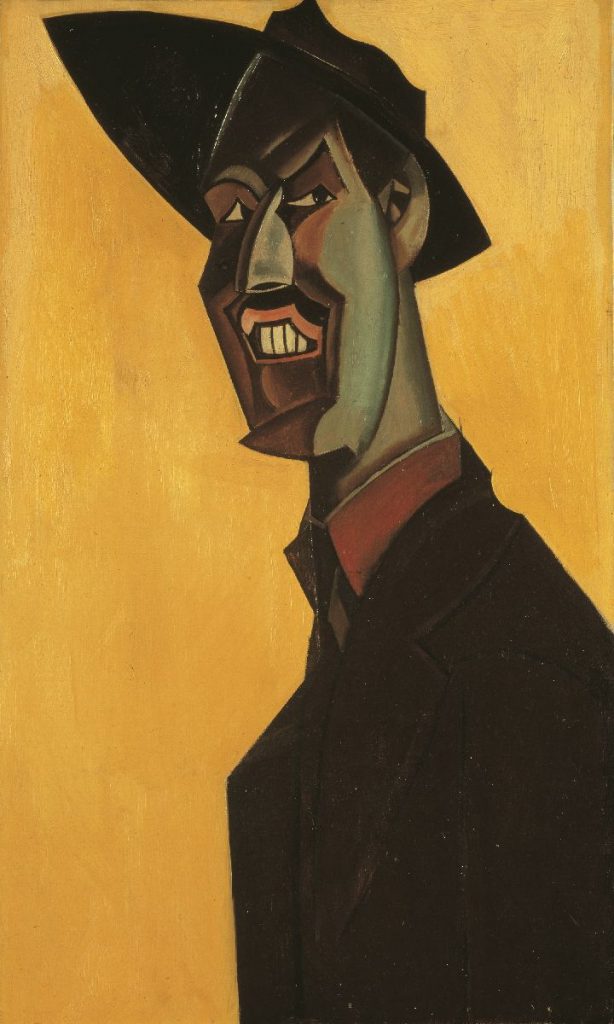
Wyndham Lewis (he didn’t like his first name Percy) wanted to be different, which you can certainly see from this self-portrait (or selfie). He was a co-founder of a Vorticist movement in art – an English equivalent of Italian Futurism- as well as an author and editor of the magazine BLAST. Vorticists hated polished nudes, idyllic landscapes, or monumental scenes related to the past. They wanted to live here and now, and the only style they found applicable to modernity was a geometric abstraction.
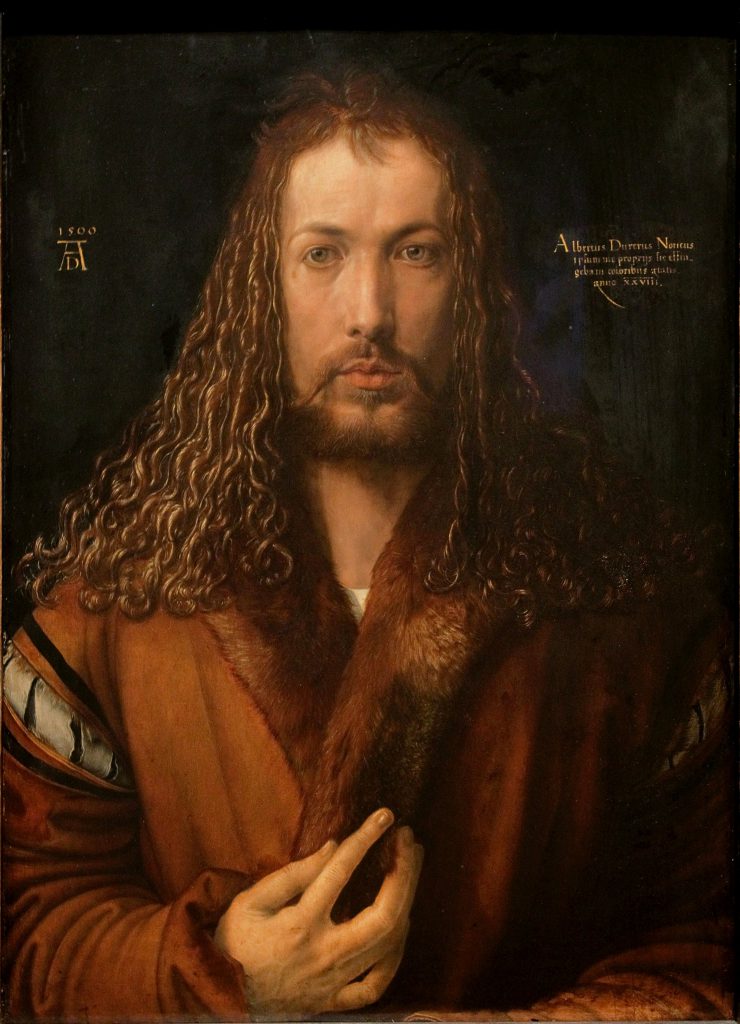
Albrecht Dürer was a very comprehensive draughtsman, painter, printmaker, and theorist. Here he presents himself as Christ, with long curly hair, a mustache, and an elongated face. Nevertheless, he still wants to be recognized as he places his signature on the eye level of the viewer. He knew his worth as he kept in touch with the major minds of his times like Leonardo da Vinci, Giovanni Bellini, and Raphael and he worked for the Holy Roman Emperor Maximilian I. You can read more about this unusual self-portrait here.
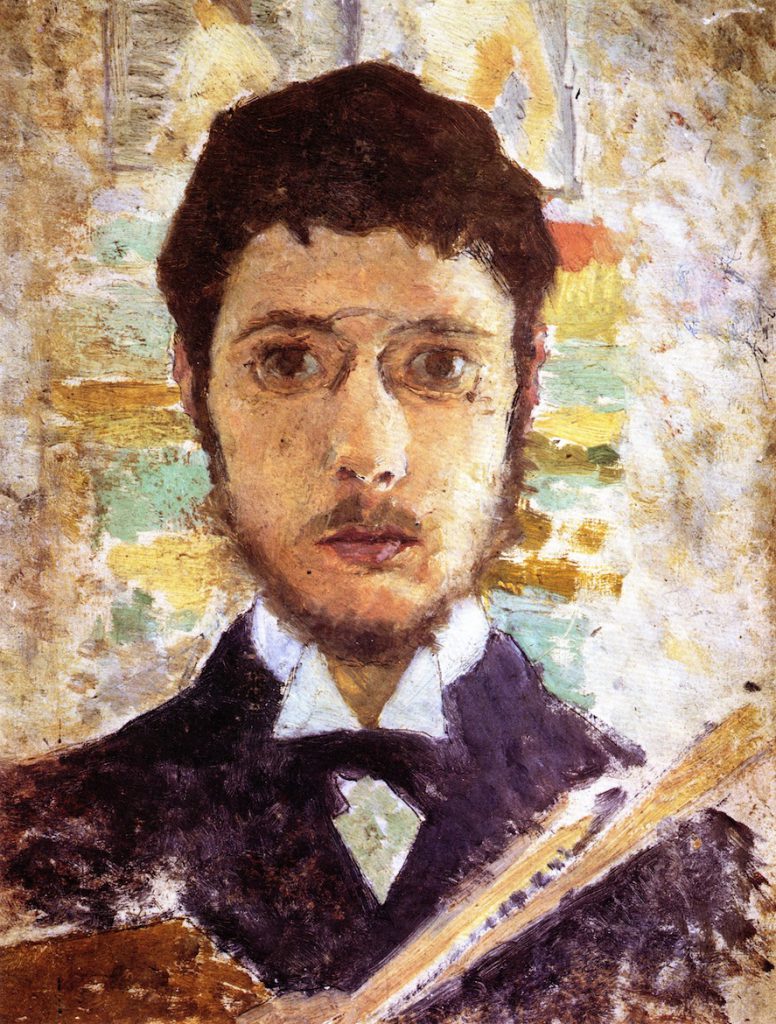
Pierre Bonnard is probably most famous for his intimate domestic scenes depicting his wife Marthe. Here, however, he paints himself, as a peculiar but great artist of the 20th century. Together with his friends, he founded an avant-garde group called Les Nabis, which produced many Symbolists and Art-Nouveau-style works.
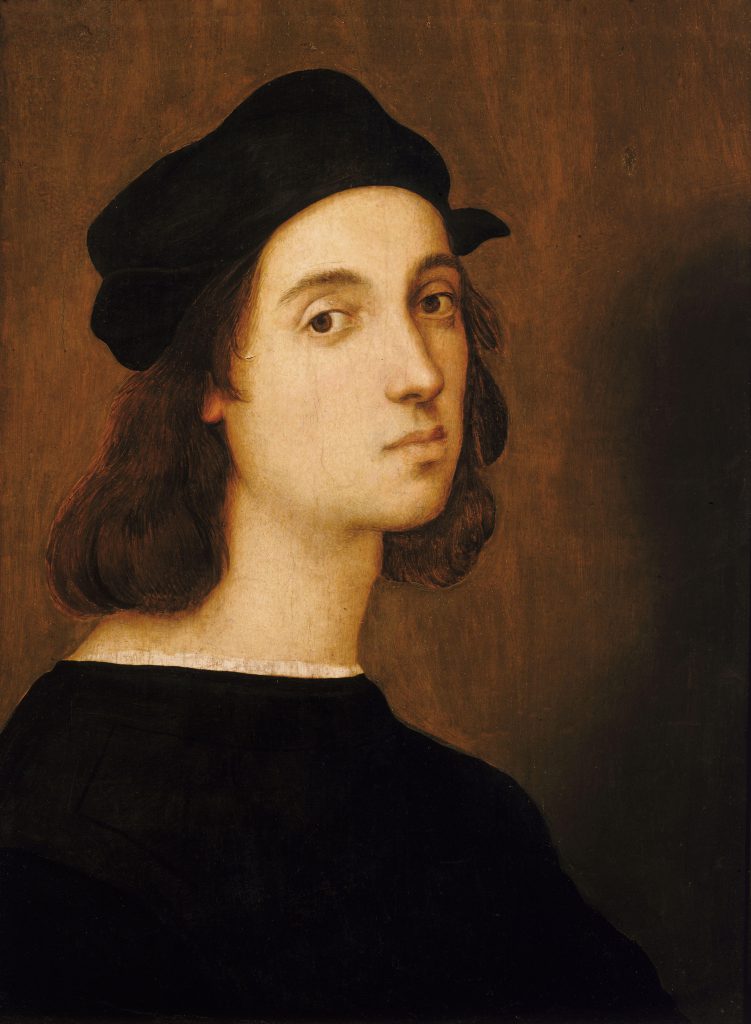
Raphael, the Renaissance Prince of Painters, painted this selfie when he was only 23 and looked very innocent. In reality, he was quite a character. He died at age 37 after (allegedly) a night of wild sex which drove him into a high fever. He didn’t want to admit the true cause of his illness, which resulted in the doctors giving him the wrong cure, leading to his death. Despite the sexual excesses, he was very productive and left an immense body of work which gave him the status of a great master together with Leonardo and Michelangelo.
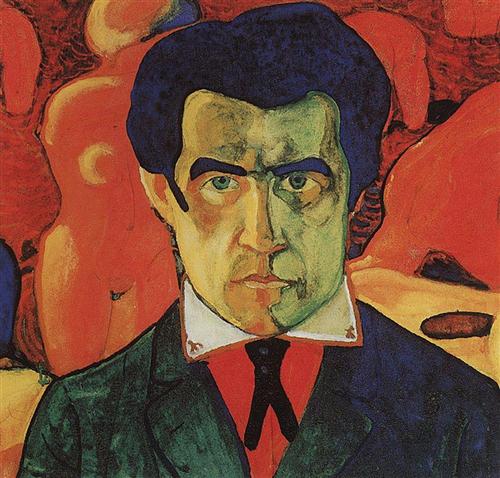
Kazimir Malevich was a visionary who changed painting forever. He was a theorist of the Suprematist movement, which claimed the supremacy of shape and color over the iconography, he painted the Black Square and he claimed to reinvent painting. He believed art could change the world, he wanted to bring it closer to the people. Unfortunately, the Stalinist regime found his abstract works all the contrary calling them ‘bourgeois art’ and banning them all over the Soviet Union.
DailyArt Magazine needs your support. Every contribution, however big or small, is very valuable for our future. Thanks to it, we will be able to sustain and grow the Magazine. Thank you for your help!